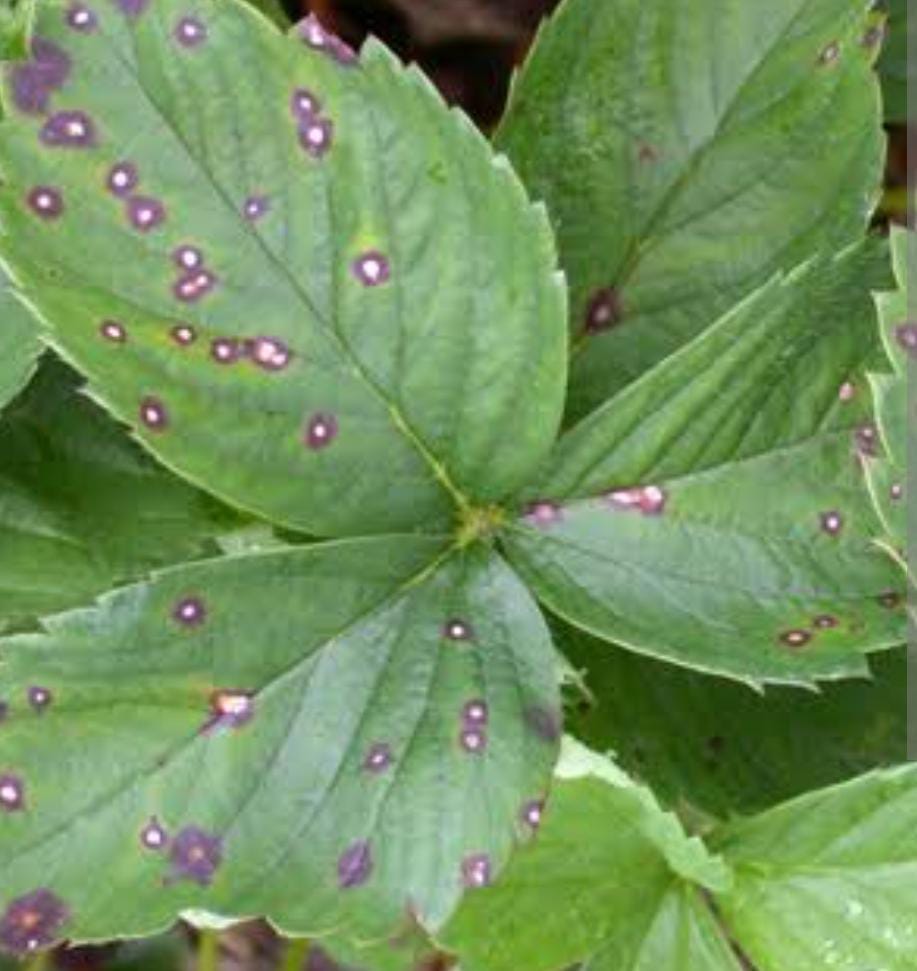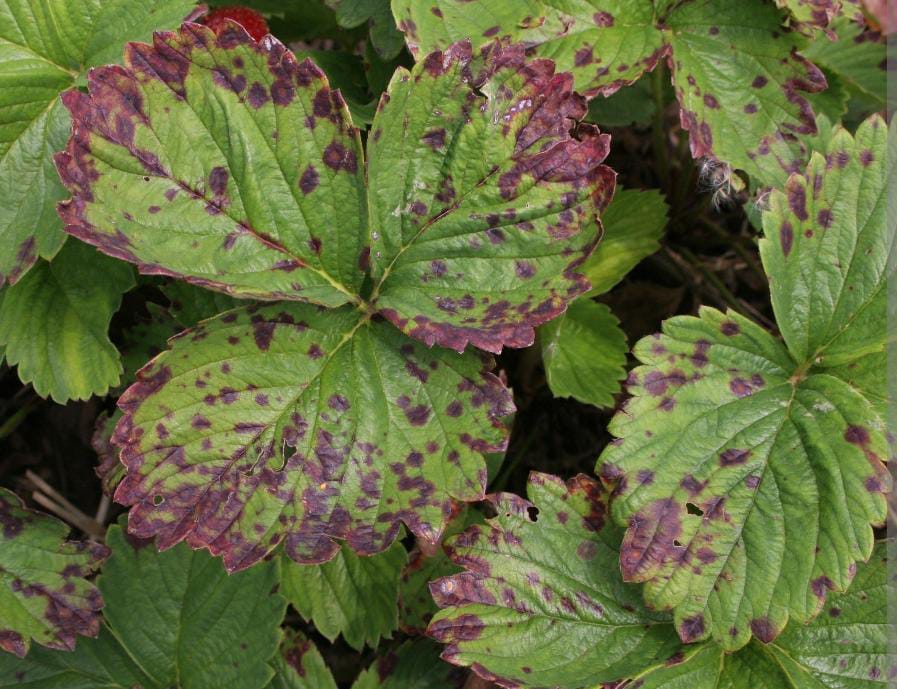Beach Strawberry
Beach strawberry perennials, 4-8 inches in height and suited for Zones 4-9, prefer well-drained soil and full sun. Known for their small and sweet berries, beach strawberries are a ground-covering plant.
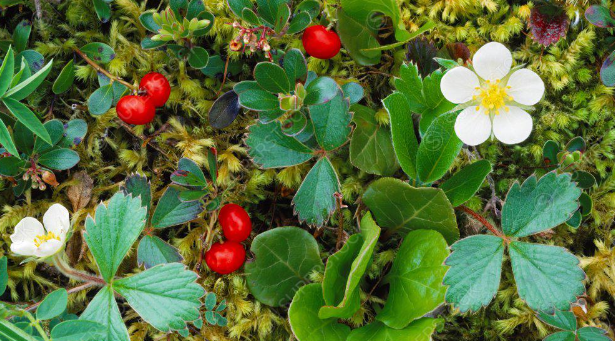
Habit
Perennial
Height
0.1-0.2 m
Growth
Moderate
Soil
Well-drained sandy loam
Shade
Full Sun
Moisture
Moderate
Edible
Yes
Medicinal
Yes
Origin
North America
Climatic Condition
Coastal
Temperature (°)
10-20°C
Humidity (%)
60-80%
Potting media
Garden soil
Fertilizers
Organic compost
Watering
Regular watering; keep soil moist
Plant Weight
0.2-0.5 kg
Flowering Time
Spring to Summer
Soil Ph level
5.5 - 6.5
Water Ph level
6.0 - 7.0
Soil EC
Medium
Yield Per Plant
500-600 grams per plant per season
NPK ratio
10:10:10
life Span
Perennial
Health Benefits
Edible fruit; high in vitamin C and antioxidants.
Suggested Grow Media or Potting Mix ?
50% peat moss, 30% compost, 20% sand
Suggested Fertigation/Fertilizers
Fertilize every 2 weeks with a balanced fertilizer.
Common Diseases and Remedies
Leaf scorch, leaf spot
Irregular dark purple or brown blotches on upper leaf surface . Small round or irregular deep purple lesions on upper surfaces of leaves
remove all foliage from plants at harvest. Plant disease free stock.
HEALTH BENEFITS
The beach strawberry, also known as the Chilean strawberry, is a wild strawberry species native to coastal regions of North and South America. It is highly nutritious and offers several health benefits.
1. Rich in Antioxidants
- Contains vitamin C, flavonoids, and polyphenols, which help fight oxidative stress.
- Helps protect cells from damage and reduces the risk of chronic diseases.
2. Boosts Immune System
- High vitamin C content strengthens the immune system.
- Helps fight infections, colds, and flu.
3. Supports Heart Health
- Rich in fiber and potassium, which help regulate blood pressure.
- Antioxidants like anthocyanins reduce the risk of heart disease.
4. Aids in Digestion & Gut Health
- High fiber content promotes healthy digestion and prevents constipation.
- Supports the growth of beneficial gut bacteria.
5. Helps Regulate Blood Sugar (Good for Diabetes)
- Low glycemic index helps prevent blood sugar spikes.
- Fiber slows down glucose absorption, improving insulin sensitivity.
6. Supports Skin Health & Anti-Aging
- Vitamin C and antioxidants promote collagen production for youthful skin.
- Helps reduce wrinkles, acne, and skin inflammation.
7. Aids in Weight Management
- Low in calories and high in fiber, keeping you full for longer.
- Helps regulate metabolism and reduce cravings.
8. Improves Brain Function
- Contains flavonoids that help improve memory and cognitive function.
- May reduce the risk of neurodegenerative diseases like Alzheimer’s.
9. Supports Eye Health
- Rich in vitamin A and lutein, which help prevent macular degeneration.
- Protects the eyes from oxidative stress and aging.
10. Anti-Inflammatory & Cancer-Fighting Properties
- Ellagic acid and quercetin help reduce inflammation in the body.
- May help lower the risk of certain cancers by fighting free radicals.
How to Use Beach Strawberries for Health
- Fresh: Eat raw as a snack or add to salads and desserts.
- Smoothies & Juices: Blend with other fruits for a nutritious drink.
- Teas & Infusions: Use leaves for herbal tea with mild medicinal properties.
What Is Beach Strawberry ?
Beach strawberry (Fragaria chiloensis) is a species of strawberry native to coastal regions of North and South America. It's a perennial plant that produces small, sweet, red berries similar to common strawberries but with a distinct flavor. Beach strawberries are known for their ability to tolerate salty conditions, making them well-suited for coastal gardens. They prefer full sun to partial shade and well-drained soil. Beach strawberries can be grown from seeds, runners, or nursery plants and are often used in landscaping for their attractive foliage and edible fruit.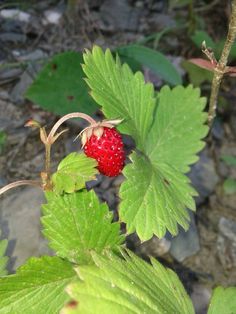
What Different Types Of Beach Strewberry
1. Fragaria chiloensis:
This is the species plant, native to coastal regions of North and South America. It has white flowers and produces small, sweet berries.
2. Pink Panda:
This variety has pink flowers and produces larger berries than the species plant. It is a cultivar selected for its ornamental value and fruit size.
3. Lipstick:
Another cultivar, 'Lipstick' has deep pink flowers and dark red berries. It is prized for its ornamental qualities and flavorful fruit.
4. Capitola:
This cultivar is known for its high fruit yield and excellent flavor. It produces large, sweet berries and is a popular choice for home gardeners.
5. Green Pastures:
This variety is unique because it produces green berries that turn red when ripe. The berries have a tart flavor and are often used in culinary applications.
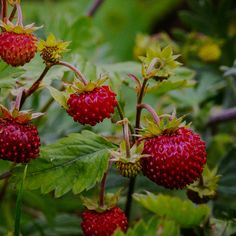
Location
The best location to plant beach strawberry (Fragaria chiloensis) depends on your local climate and growing conditions. In general, beach strawberries prefer full sun to partial shade and well-drained soil. Here are some tips for choosing the best location:
1. *Sunlight*: Plant your beach strawberry in a location that receives at least 6-8 hours of sunlight per day. In hotter climates, some afternoon shade can be beneficial to prevent the plants from overheating.
2. *Soil*: Beach strawberries prefer well-drained, slightly acidic soil with a pH between 5.5 and 6.5. If your soil is heavy or clay-like, consider amending it with organic matter such as compost to improve drainage.
3. *Watering*: While beach strawberries are tolerant of drought once established, they benefit from regular watering, especially during dry periods. Avoid overwatering, as this can lead to root rot.
Sun light
Beach strawberries prefer full sun to partial shade, so they typically need at least 6-8 hours of sunlight per day to thrive.
Soil
Beach strawberries prefer well-drained, slightly acidic soil with a pH between 5.5 and 6.5. They can tolerate sandy or loamy soil but do best in soil that is rich in organic matter. Amend heavy or clay-like soil with compost to improve drainage.
Hydration
Beach strawberries are drought-tolerant once established but benefit from regular watering, especially during dry periods. Water deeply but infrequently, allowing the soil to dry out slightly between waterings. Avoid overwatering, as this can lead to root rot.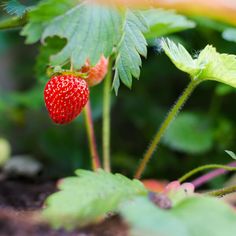
Nourishment
1. *Nitrogen (N)*: Nitrogen is essential for leafy green growth and overall plant vigor. It is important during the early stages of growth and when the plant is producing runners and flowers. However, excessive nitrogen can lead to lush foliage at the expense of fruit production.
2. *Phosphorus (P)*: Phosphorus is important for root development, flowering, and fruit set. It is particularly important when the plant is establishing itself and during the flowering and fruiting stages.
3. *Potassium (K)*: Potassium is important for overall plant health, stress tolerance, and fruit quality. It helps regulate water uptake and is crucial for disease resistance.
Issues
1. *Pests*: Common pests that affect beach strawberries include slugs, snails, aphids, and spider mites. These pests can damage the foliage and fruit of the plant.
2. *Diseases*: Beach strawberries are susceptible to diseases such as powdery mildew, botrytis fruit rot, and crown rot. These diseases can affect the plant's health and reduce fruit production.
3. *Environmental Stress*: Beach strawberries can be sensitive to environmental stressors such as drought, heat, and salt spray. Providing adequate water and protection from extreme conditions can help mitigate these issues.
4. *Nutrient Deficiencies*: Without proper care, beach strawberries can suffer from nutrient deficiencies, especially in nitrogen, phosphorus, and potassium. This can lead to poor growth and fruit production.
5. *Weed Competition*: Weeds can compete with beach strawberry plants for nutrients, water, and sunlight, reducing their growth and productivity.
What Are The Benefits Of Beach Strawberry
Beach strawberry plants offer edible fruit, attractive foliage, drought tolerance, low maintenance, wildlife habitat, erosion control, and versatile planting options.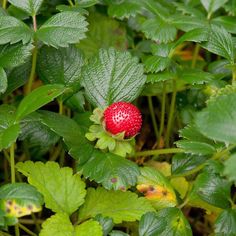
FAQ's About Growing Beach Strawberry
1. How much sun do beach strawberry plants need?
Beach strawberry plants prefer full sun to partial shade, needing at least 6-8 hours of sunlight per day.
2. What type of soil is best for beach strawberry plants?
Beach strawberries thrive in well-drained, slightly acidic soil with a pH between 5.5 and 6.5. They can tolerate sandy or loamy soil but do best in soil rich in organic matter.
3. How often should I water my beach strawberry plants?
Water beach strawberries deeply but infrequently, allowing the soil to dry out slightly between waterings. Avoid overwatering, as this can lead to root rot.
4. Do beach strawberry plants need fertilizer?
Yes, beach strawberry plants benefit from a balanced fertilizer, such as a 10-10-10 NPK fertilizer, applied in early spring and again in mid-summer.
5. How do I propagate beach strawberry plants?
Beach strawberry plants can be propagated by division, runners, or seeds. Division and runners are the most common methods and should be done in early spring or late summer.


